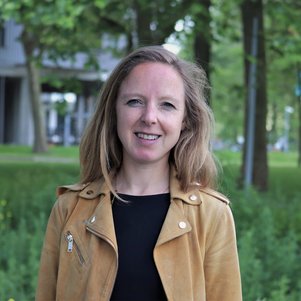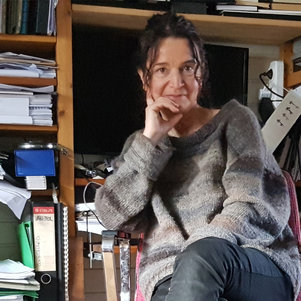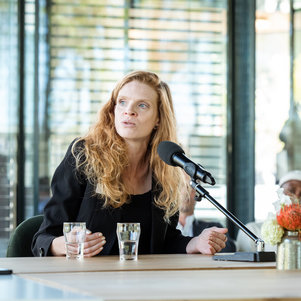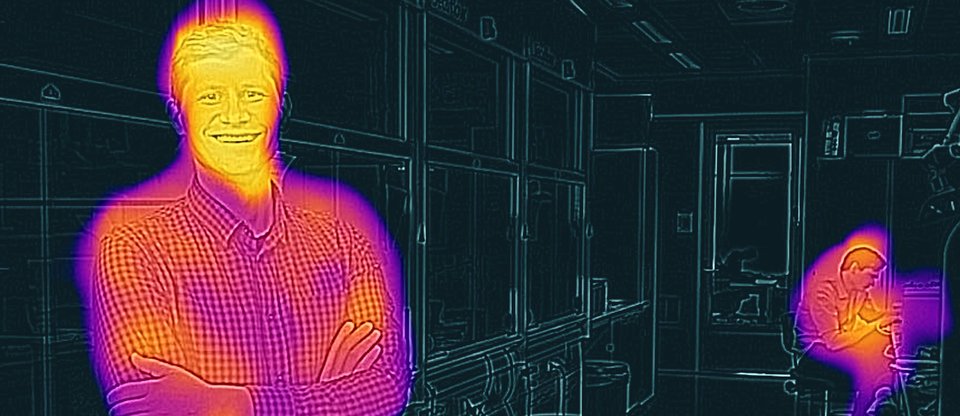How do you make an open and paved urban space climate-proof?
A scorching hot city: not pleasant at all, but an experience we’ve encountered for several summers. As the planet continues to warm up and climate zones shift further, tropical temperatures, heat waves and drought will put their mark on daily life in the Netherlands on a more regular basis. How can the built environment, where effects of heat are often amplified, be adapted? In field lab the Heat Square on TU Delft Campus, four researchers are working together to find solutions.
Until recently, the HittePlein at The Green Village was a bare, paved square like so many in the Netherlands. Anything but climate proof, as shelter was completely absent. After experimenting mainly with buffering and evaporation of water via paving and baseline measurements (temperature), Bam Infra Nederland takes on the square in the spring of 2023. Based on a sophisticated design, 630 m² of surface will be used to study spatial, meteorological and hydrological factors in conjunction. Above and below ground. The layout of the square is flexible, giving space to researchers and entrepreneurs to test innovations. Because the arrangement of the built environment partly determines how wind, precipitation and the sun's radiation and heat manifest themselves there.
Integral approach
In the renewed field lab of The Green Village, which will be officially opened after the summer, four researchers from TU Delft will accurately map the relationship between the water cycle and the energy balance, among other things. The underlying question: how can this relationship be influenced in such a way that urban temperatures remain acceptable and water consumption sustainable?
Marjolein van Esch, urban microclimate researcher on behalf of the Faculty of Architecture and also responsible for the climate adaptation component of TU Delft's Climate Action programme, says that urban climate, heat in particular, is attracting increasing interest as a research topic. "The still fledgling research field encompasses several disciplines: climatology, meteorology, hydrology, architecture, landscape architecture and urban design." Although different research questions require a (mono)disciplinary, fundamental approach, Van Esch says there is a dire need to simultaneously develop an integrated approach that combines scientific research, spatial design and its application in construction and engineering. "Given the speed of climate change as well as the complexity of the urban microclimate, it just has to be done."
She continues: "The Heat Square gives us the opportunity to experiment with such an approach in an almost real-life urban environment. By combining fundamental and applied research, we aim to uncover pressing practical questions. At the same time, we can validate and improve methods and instruments based on all the measurement data collected. The results then benefit our fundamental understanding of the interaction between physical and biological phenomena and the built environment. They contribute to new design approaches and guidelines for heat mitigation that can be tried out in daily practice."
Greenery as natural air conditioning
"Heat development in the city is strongly determined by the thermal behaviour of the building materials and vegetation present," says Eva Stache, designer of the new Heat Square. In her design, she combines paving with green spaces and trees. "Stony surfaces heat up strongly, sometimes above 70°C, and release this heat to the surrounding air." Plants, provided they can soak up enough water from the soil, evaporate water on hot days to cool themselves. By transpiring, they extract thermal energy, or heat, from the air, which is transferred with the water vapour to higher layers of air. Thus, greenery can act as natural air conditioning and cool the environment. Stache: "However, data on the thermal behaviour of vegetation in urban space are still scarce and largely unstructured." For her PhD research at TU Delft on the effects of urban vegetation on the urban climate, she will remain attached to the field lab for the time being.
Martine Rutten, associate professor of water management and climate adaptation at the Faculty of Civil Engineering and Geosciences, is also curious about how greenery behaves under different conditions and how it can be used effectively in relation to the local climate. "The Heat Square can shed more light on the effects of greenery on cooling through evaporation, wind and shade. Furthermore, we also want to find out how large water buffers should be in order to provide urban greenery with sufficient water. And what the effects of soil composition are on water consumption and heat."
Colleague Miriam Coenders, also active as a researcher in the renovated field lab, knows all about evaporation processes as a hydrologist. "Especially in times of drought and during heat waves, plants apply specific survival tactics that affect water consumption and air temperature." Using new sensor technology, she will closely monitor the behaviour of vegetation on the Heat Square.
Measuring and modelling the heat and water balance in different ways will make it clear how effective applied spatial measures and innovative methods and techniques are. Rutten: "Municipalities and architects can use this information for climate-adaptive urban design."
Climate action
In its Climate Action Programme, TU Delft integrates various disciplines to get a grip on the consequences of climate change and to visualise possible solutions to a variety of problems. This involves both fundamental and applied research. One of the places where insights are gathered and tested is the university field lab The Green Village. This is where, since 2020, the Heat Square has been located, a living lab of the VPdelta+ programme in which entrepreneurs and researchers study the effect of applied climate adaptation. Such as paving that absorbs and evaporates rainwater and systems for collecting and purifying rainwater that is desperately needed during dry periods, for example to keep public green spaces healthy.
More information
About The Green Village: The Green Village, fieldlab voor duurzame innovatie
About the Climate Action Programme: Climate Action (tudelft.nl)
Inge Snijder, press officer Climate & Energy TU Delft: I.Snijder@tudelft.nl
Caitlin Eagles, communications advisor The Green Village: Caitlin.Eagles@thegreenvillage.org

Martine Rutten

Eva Stache

Marjolein van Esch


